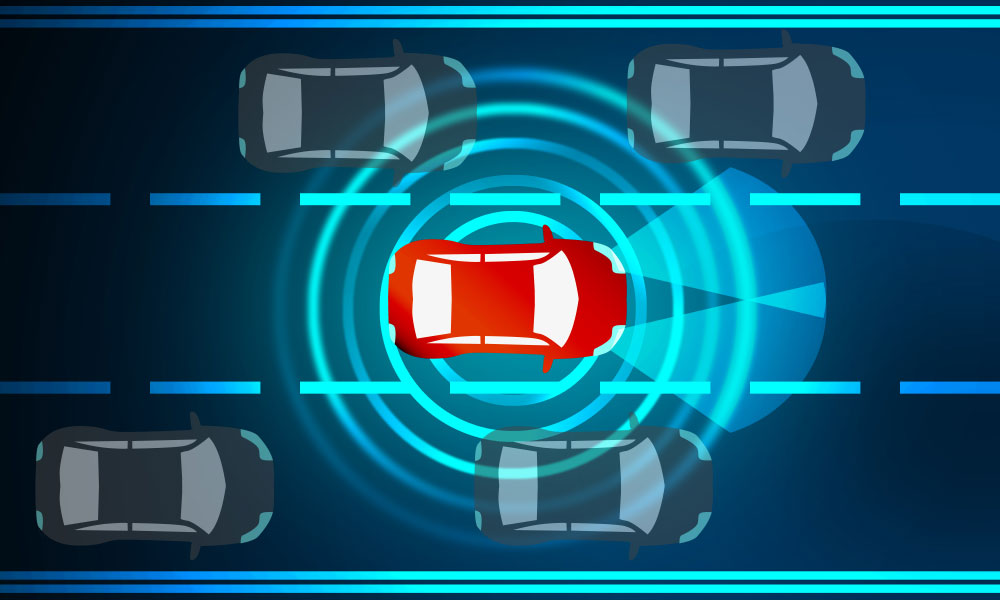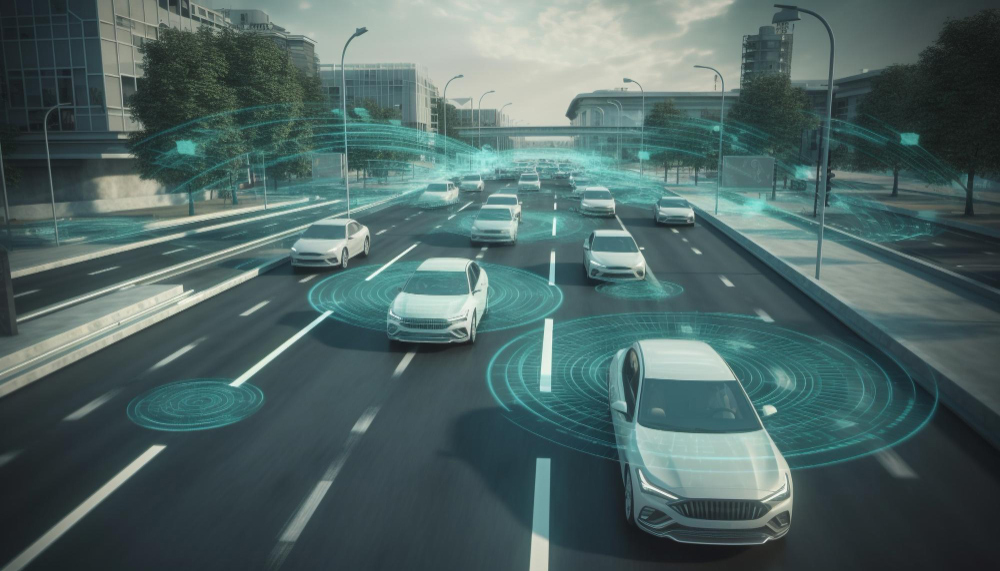You might have heard of a blind spot monitor system, but do you really know what it is and how it can make your driving experience safer? In this article, we’re diving deep into the world of blind spot monitors, shedding light on their history, how they work, and why they’re essential for both new and experienced drivers. Buckle up, because you’re about to discover how this technology can be a game-changer on the road.

The Evolution of Blind Spot Monitors: A Brief History
The story of blind spot monitors begins with a simple yet ingenious idea by George Platzer. He believed that adjusting your side-view mirrors just right could minimize blind spot dangers. While this idea had merit, it proved challenging for many drivers to execute correctly, often putting them in even more danger.
Platzer’s breakthrough came when he presented the concept of blind spot monitors to Ford, calling it “an elegant and relatively inexpensive solution.” It wasn’t until 2001 that the first implementation of this life-saving technology took place, courtesy of Volvo. Their BLIS (blind spot information system) used a camera to detect vehicles in blind spots and alert the driver.
Fast forward to today, and blind spot monitor systems have come a long way. They now utilize radar-based sensors, which are not only weather-resistant but also highly effective in detecting nearby vehicles. And while Volvo and Ford were among the pioneers, numerous car companies have since joined the blind spot monitor revolution.

Leading the Pack: 4 Car Companies Embracing Blind Spot Monitors
When it comes to embracing blind spot monitor systems, some car manufacturers have been trailblazers. Let’s take a closer look at four companies that have paved the way for safer driving:
Volvo: As the first to adopt the concept, Volvo has a rich history of understanding blind spot dangers. Their BLIS system in 2003 set the stage for what was to come in the world of blind spot monitors.
Ford: George Platzer’s idea found a home at Ford, and the company has integrated blind spot detection systems into many of their cars since 2009, starting with the Ford Fusion and Hybrid.
Mazda: Mazda introduced a blind spot monitor system in their 2008 Mazda CX-9, setting the standard for Japanese car manufacturers. They affectionately call it BSM (blind spot monitoring).
Mitsubishi: While a later entrant, Mitsubishi adopted blind spot monitoring in their 2016 Pajero Sport and has since continued to include this feature in their new releases.

Inside the Blind Spot Monitor System: What Makes It Tick
Now that you understand the history and the companies behind blind spot monitor systems, let’s dissect the components that make this technology so effective on the road:
1. Radar-based Sensors: At the core of any blind spot monitor system are radar-based sensors. These devices emit millimeter waves to detect nearby objects, including vehicles, within a range of up to 10 feet behind your car’s bumper. The best part? They work reliably in all weather conditions, ensuring your safety even in rain or snow.
2. LED Lights: LED lights act as the bridge between the system and the driver. When the radar-based sensors detect a vehicle, the LED lights start flashing, accompanied by audible alerts. This dual-action alert system ensures you’re aware of potential dangers, even if you’re momentarily distracted.
3. Cables: While wireless systems are available, most blind spot monitors use cables to connect to a power source. The key is to keep your interior organized by hiding the cables under your car seats, ensuring a clutter-free and sleek look.
4. Additional Equipment: Some modern blind spot monitor systems come with extra features like GPS navigation, Rear Cross Traffic Alert (RCTA), and automated braking. These functionalities may require different equipment, so be sure to consult your product’s manual for installation and operation instructions.
Proven Benefits of Blind Spot Monitor Systems
If you’re still not convinced of the importance of blind spot monitor systems, consider this: they can significantly reduce road accidents. In fact, lane-change crashes have decreased by an impressive 14% since the adoption of this technology.
According to a study, more than 50,000 road crashes in the U.S. could be prevented if every vehicle were equipped with blind spot detection systems. Not only does it prevent accidents, but it also minimizes the severity of injuries. No wonder governments, like Italy, emphasize their use, particularly in trucks, where lane-changing and turning accidents are all too common.

Intrigued by the potential of blind spot monitor systems? You should be! But before you rush to buy one, there are some essential considerations and limitations to keep in mind. Stay tuned as we explore what you need to know before making this important safety upgrade to your vehicle.